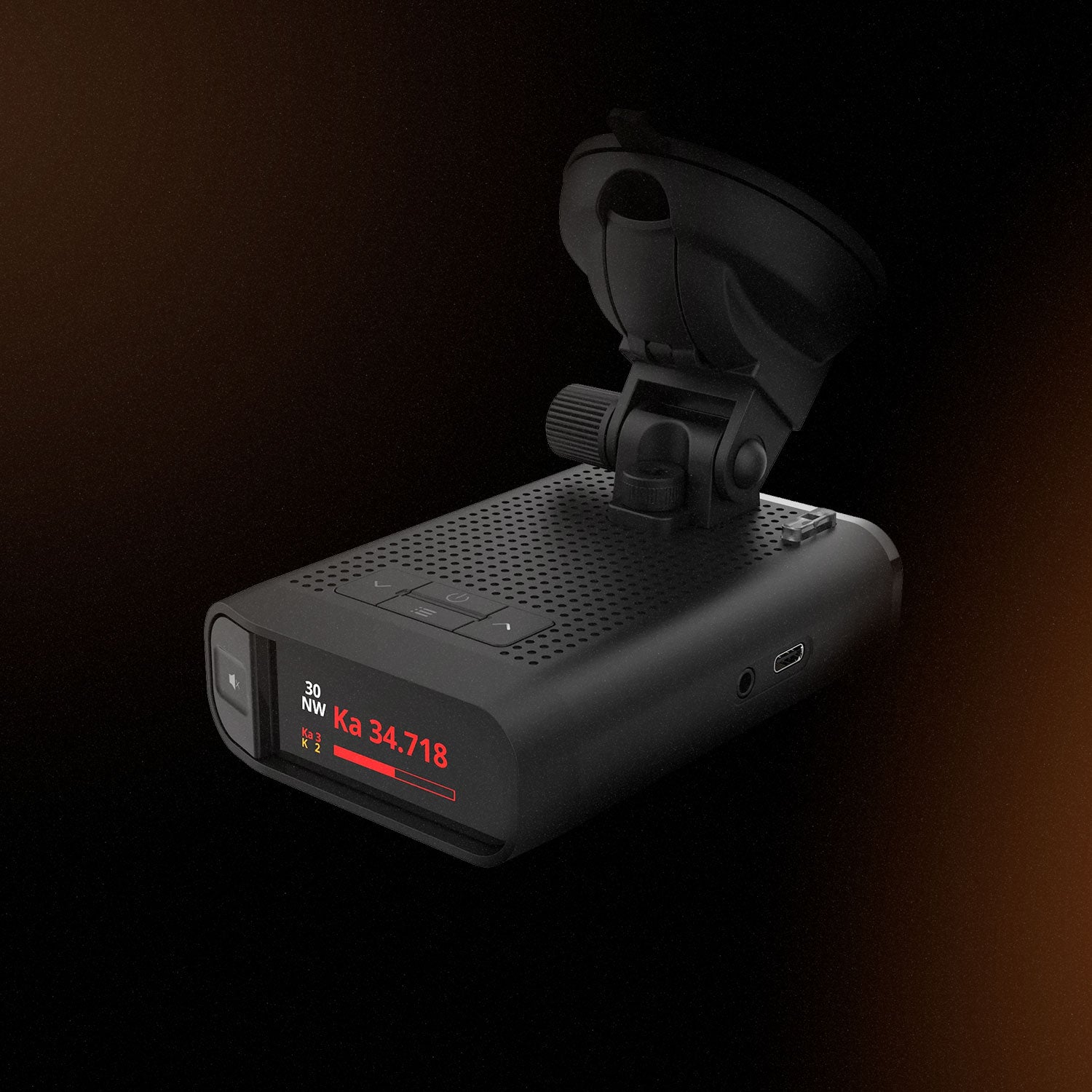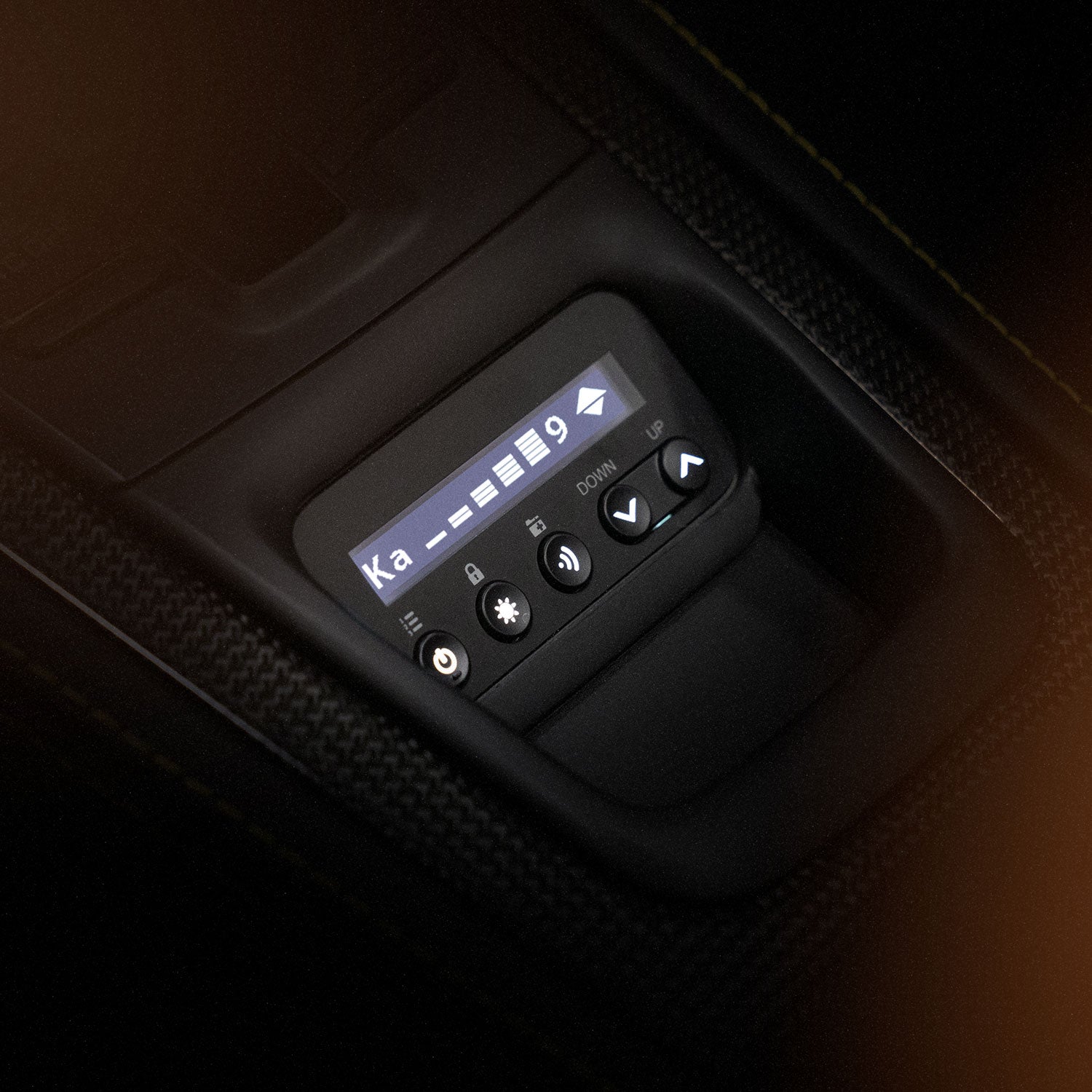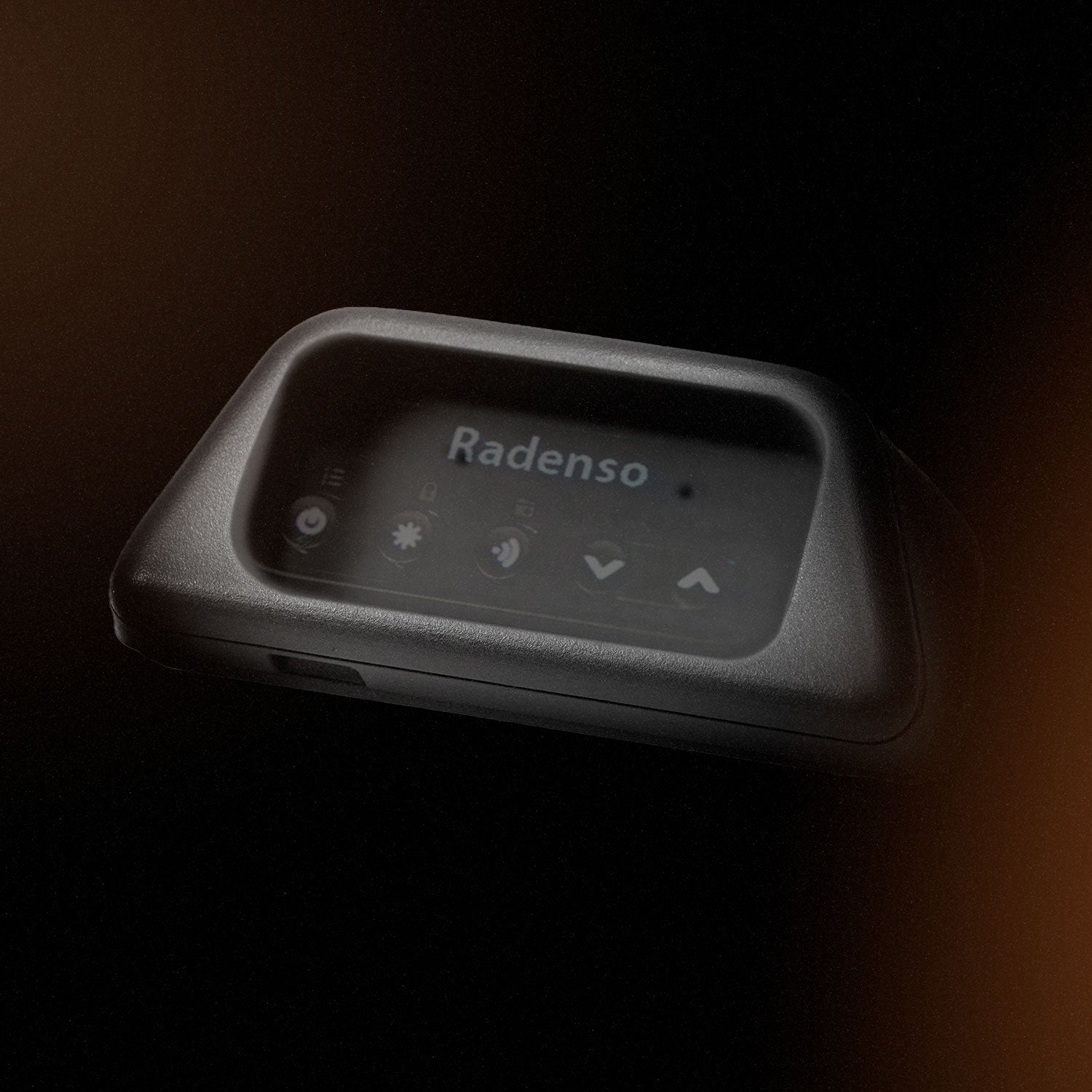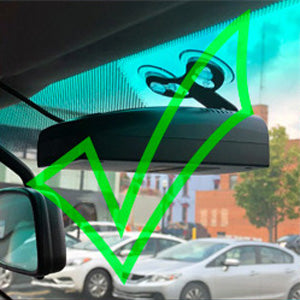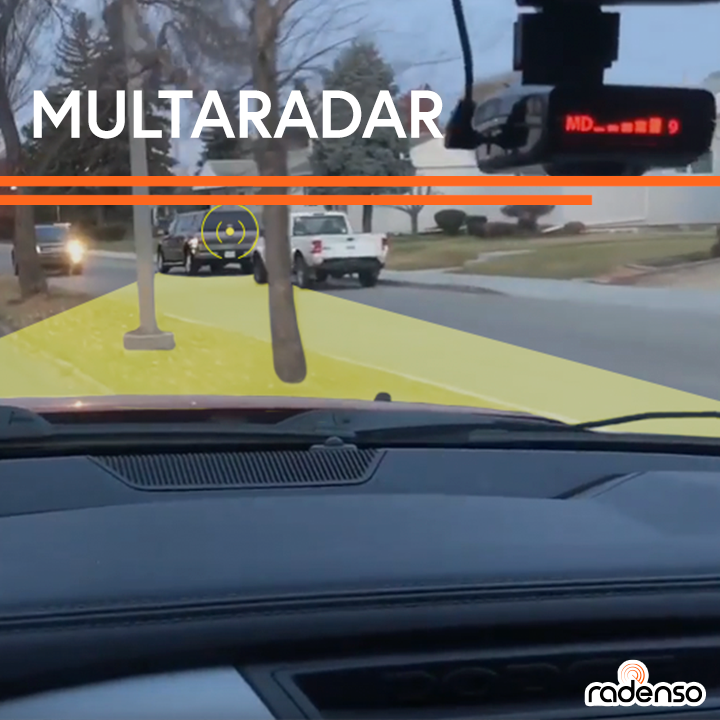What’s the difference between Radar and Laser (LIDAR)?
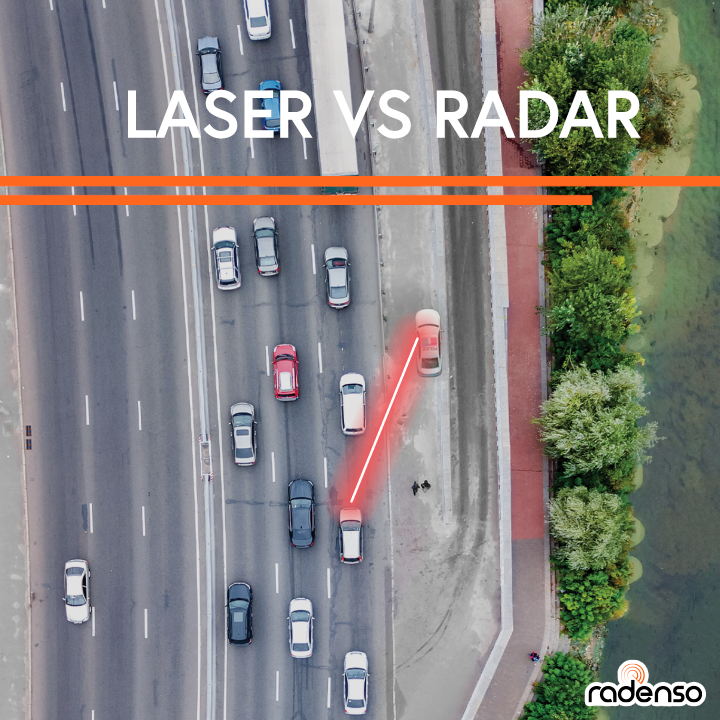
One of the most interesting things about being a radar detector manufacturer is that we get to see what the most common support questions are that come across our help desk. Radar detection and ticket avoidance can be a confusing subject sometimes – that’s the whole reason we created Radar University. Interestingly, of all the questions that are submitted, perhaps none is more common than, “What’s the difference between Radar and Laser?”
Most people are familiar with the concept of handheld radar guns being used for speed enforcement – traditionally, this is how speed readings were always obtained. But over the last fifteen years, a new type of speed enforcement technology has become more and more popular – LIDAR, which is more commonly known as “laser” to the average driving enthusiast.
What’s wrong with radar?
Over several decades of successful use, radar had established itself as the go-to speed measurement tool for law enforcement officers. And why not? It was relatively cheap, accurate, easy to use, and reliable. From a usability perspective, there are really two primary problems with radar – it has difficulty with heavy traffic, and it can be detected by radar detectors from a very long range away.
Both usability problems with radar are caused by fundamental principles of how they work. Radar guns emit broad waves and measure speed by timing the return “reflection” from these waves bouncing off of cars. Radar waves are by nature physically “wide” – if someone is shooting a radar gun at a tree one mile away, the radar waves emitted by the gun will also strike every other tree within a few hundred feet of the one being aimed at.
Since these waves are wide and can travel for great distance, even though a police officer might be aiming at one particular car, the radar waves will continue to travel and bounce off of terrain and other objects for several miles. This is what radar detectors are actually picking up most of the time when they alert – the radar “reflections” from a police officer shooting someone else up ahead of you.
This same “broadness” is also what causes radar guns problems in heavy traffic. On a deserted highway where there may only be one car at a time, the width of the radar waves is not a problem. But on crowded city roads, radar waves will be hitting many different cars simultaneously. Contrary to one popular myth, this does not mean that radar guns cannot detect speed at all – they still can. However, they will sometimes not be able to pinpoint target a randomly selected car from traffic.

Radar gun manufacturers deal with the traffic problem in different ways – some radar guns simply show the speed of the car moving fastest, and others can show the speed of three or four cars simultaneously. But none of them can provide the instant, pinpoint accuracy of a LIDAR gun.
Advantages of Laser over Radar
At the most basic level, laser guns operate in a similar way to radar guns. LIDAR guns send out pulses of light (instead of radar) and measure vehicle speed based on the returned “reflection” pulses that bounce off of cars. However, unlike radar waves, the pulses that laser guns send out are extremely narrow – you can think of them literally like the beam from a laser pointer.
This solved both usability problems that traditional radar guns face. With a tight beam pattern that varies from just a few inches wide to a few feet, police officers can use LIDAR guns to measure the speed of individual, specific vehicles in heavy traffic. They simply look through the site, target a car, and pull the trigger. It typically takes about half a second for the speed to be obtained.

Can radar detectors pick up laser?
Problematically for radar detectors, the narrow beam of laser guns also mean that they cannot be reliably detected at distance. It is not uncommon for even the best radar detectors to not pick up a LIDAR gun beam until you are within visual distance of the police officer – and by then, it’s probably too late. This is why the laser detection feature on most radar detectors is often called “the ticket notifier.” If it goes off, the police officer probably already has your speed.
Can good radar detectors technically detect laser? Yes.
Will radar detectors save you from a laser ticket? Perhaps, but it is a rare occurrence. For true protection against laser you will need to purchase a laser jammer.
Defeating LIDAR with Laser Jammers
Fear not though, as avid driving enthusiasts we have developed a solution for excellent LIDAR protection as well – the Radenso RC M AL Priority Laser Defense Kit. While detecting laser beams from a distance with radar detectors isn’t very effective, it is possible to “shift” or “jam” laser guns so that they cannot obtain a reading on your vehicle.
Laser jammers, or “shifters,” are usually comprised of several small sensors that are installed on the front of your vehicle. These sensors have the ability to detect when a laser beam is targeting your car, and then “return fire” with a laser beam of their own. This return beam will be slightly modified from what the police LIDAR gun is expecting, and these additional unexpected laser pulses will make it impossible for the gun to get a speed reading.
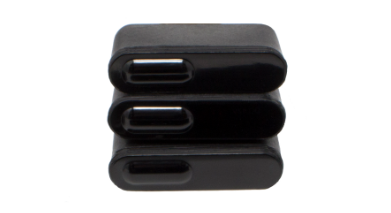
When running laser jammers, it is important to practice proper “jamming etiquette.” There are two “styles” of operating a laser jammer: “Jam to Kill” and “Jam to Gun.” Jam to Kill, or JTK, is when the user receives notification of a laser hit, gently and safely slows down to the speed limit, and then disables the laser jammer via a button press. Operated in this fashion, the police officer will not even realize he has been jammed; he will obtain a reading of the vehicle traveling at the speed limit and no ticket will be issued.
Jam to Gun, or JTG, is when the user fails to disable the laser jammer and continues jamming the laser beam until they drive past the police officer. This is considered poor form and antagonistic in the radar detector community. When selecting a laser jammer, it is critical that you choose one that has a timer to automatically disable the jammer after a user-defined period of time. For example, the Radenso AL Priority Laser Defense Kit lets the user choose anywhere from 1-9 seconds.
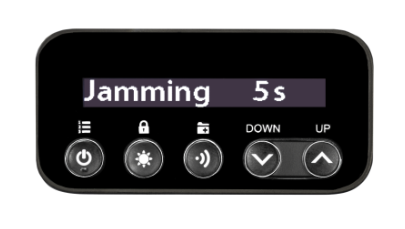
We generally recommend that our users set their jammers to a five or six second timeout. This will give you plenty of time to safely slow down to the speed limit before the jammer automatically disables and allows a speed reading. This is ideal, since you will not even have to remove your hands from the steering wheel to press a button.
What’s next?
Now that radar and laser speed enforcement are popular, the public is becoming aware that companies like us have developed solutions to them. Naturally, they have taken the next step in the cat and mouse game and have begun developing new technology.
Automated speed cameras? Multaradar and MRCT radar? Don’t worry, we’ve got that covered too. Learn more here!

